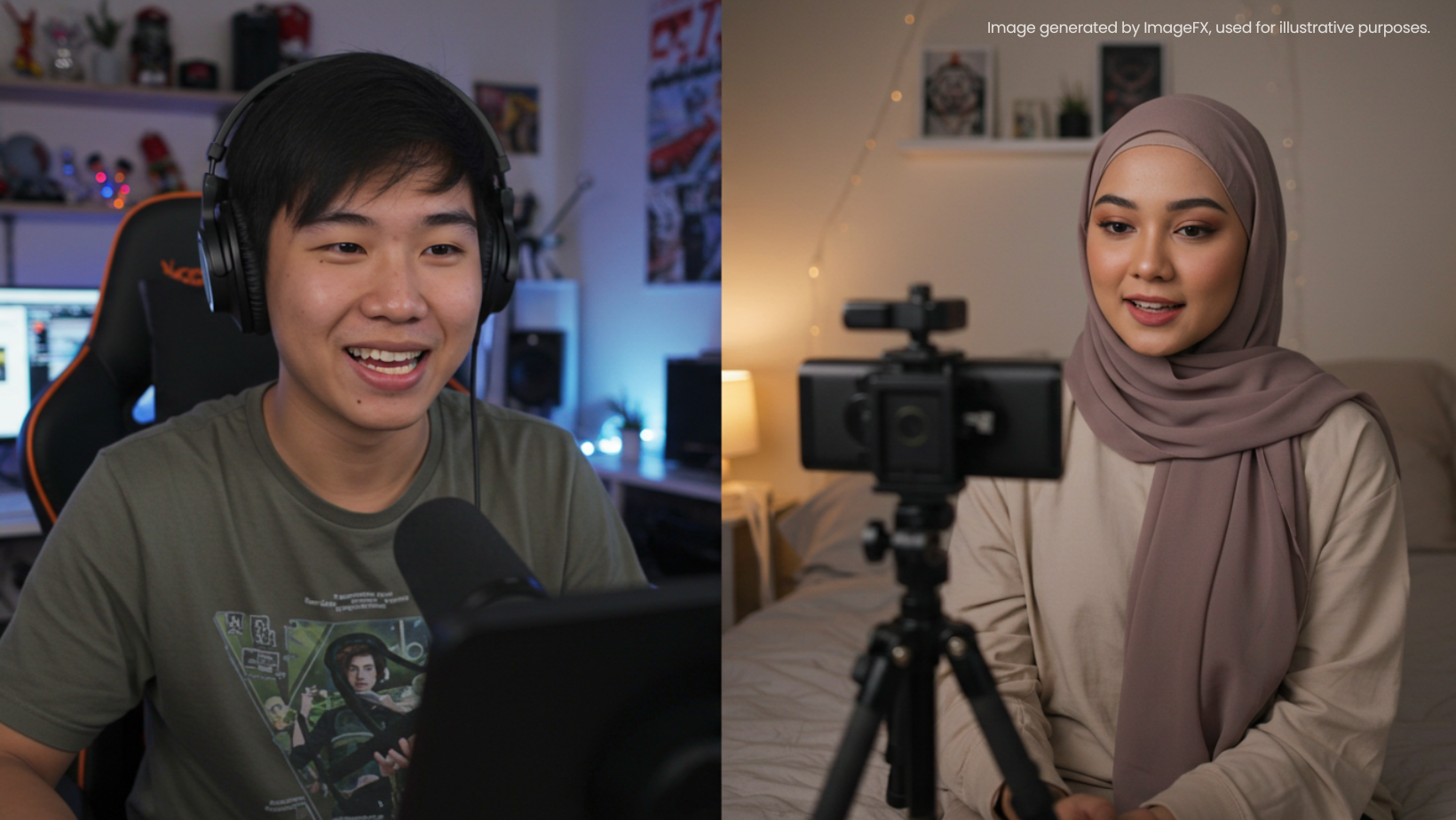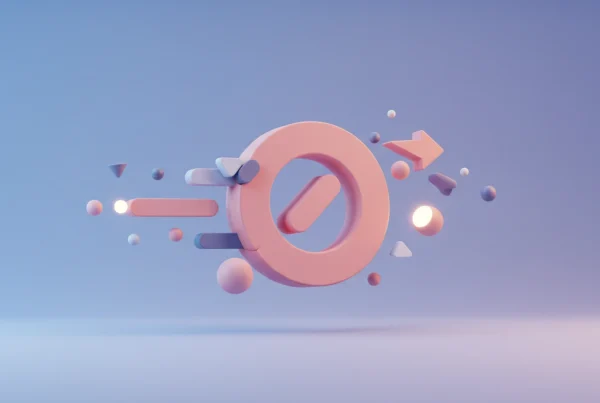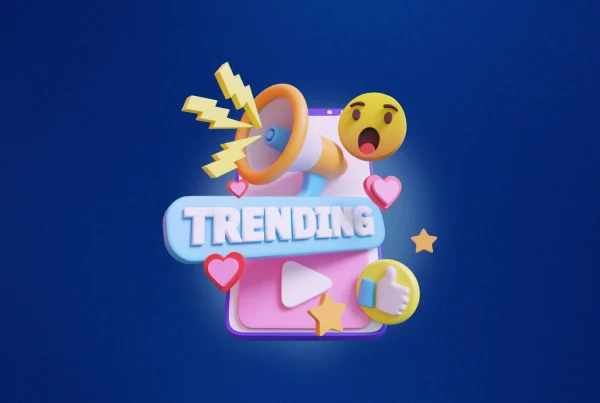
In this digital age, brands have a big decision to make: to work with influencers or content creators?
They look similar, but they have separate roles and produce different results. Many brands today are using influencers and content creators to increase brand awareness.
However, the results actually impact differently.
If we know the differences between these two, we might know what strategy our competitors are using.
So, before deciding between the two, brands need to set their marketing goals first. Choosing the right one also depends on budget and target audience.
Influencer vs Content Creator: What’s the Difference?
| Factor | Influencers | Content Creators |
| Main Role | Build personal brand & engage audience | Create high-quality content for brands |
| Audience Relationship | Loyal following; high trust & authenticity | Less direct engagement but strong storytelling |
| Key Strength | Persuasion & product recommendations | Crafting compelling visuals & narratives |
| Impact on Sales | Drives immediate purchase decisions | Strengthens brand identity over time |
Which One Should You Choose? Ask Yourself These Questions
1. “Do You Want Brand Awareness or High-Quality Content?”
 For well-known brands who are widely recognized by their loyal customers, influencers are a great fit. They can provide a large reach and exposure in a short amount of time.
For well-known brands who are widely recognized by their loyal customers, influencers are a great fit. They can provide a large reach and exposure in a short amount of time.
This suits product launches, event promotion, introducing a new line, or even seasonal campaigns. If your goal is mass visibility, influencers can provide quick exposure and engagement.
Meanwhile, brands that are looking to strengthen or build their brand identity, content creators are the right fit.
With their professional content and strong storytelling, they will be able to deliver the right and consistent identity of your brand.
They can also do it in different format, which are videos, blogs and social media posts.
2. “Do You Need Engagement or Aesthetic Content?”

Influencers foster active discussions and community engagement. Their followers trust their opinions, making them ideal for product launches and endorsements.
Content creators focus on storytelling and visuals. Their work is often polished and brand-centric, making them ideal for long-term content use.
3. “What’s Your Budget?”

Top-tier influencers can be costly, but they deliver instant reach and social proof. Brands can also leverage micro-influencers for more authentic content with a much lower budget.
Unlike influencers, content creators are often more affordable and provide reusable brand assets.
Influencer vs. Content Creator: Impact on Brands

| Factor | Influencers | Content Creators |
|---|---|---|
| Primary Goal | Build personal brand & engage audience | Create high-quality content for brands & platforms |
| Audience Relationship | Strong personal connection; high trust | Less personal but valued for creativity |
| Engagement Impact | Drives immediate engagement & conversations | Builds brand credibility & long-term content value |
| Purchase Influence | Direct impact on buying decisions | Indirect influence through content storytelling |
| Best for | Brand awareness, promotions, product launches | Content marketing, evergreen content, brand storytelling |
| Lifespan of Content | Shorter (social media posts have limited visibility) | Longer (SEO-driven blogs, YouTube, evergreen visuals) |
| Control & Customization | Limited (influencers need creative freedom) | High (brands can fully own & repurpose content) |
| Cost & ROI | Higher for celebrity influencers; strong short-term ROI | Cost-effective; long-term ROI through repurposing |
Engagement on Different Platforms: Influencer vs. Content Creator
| Platform | Influencers | Content Creators |
|---|---|---|
| TikTok | High engagement due to viral trends and challenges that drive buzz quickly, interaction, and sales | Long term engagement from evergreen, shareable short-form videos that are informative or entertaining |
| Moderate to high engagement from stories, posts, and reels. Immediate reactions and shares | Long-term engagement with consistent content that strengthens brand narrative over time. Great for building brand loyalty | |
| YouTube | Moderate engagement: Influencers can drive large initial views through collaborations, challenges, or giveaways, but short-lived engagement | High engagement through long-form content with storytelling and tutorials or unboxings. Often builds a community around a brand, leading to sustained viewership and interaction |
| Low to moderate engagement unless influencers are B2B-focused. Generate attention with posts but may not always generate deep, long-term engagement | Moderate engagement with articles, case studies, or professional insights. Focus on delivering value-based content. Slower but more consistent engagement | |
| Moderate engagement with live videos or posts by influencers. Shareability and comments often drive discussions but are shorter-lived | Sustained engagement with curated, evergreen content, particularly through Facebook groups or video tutorials. Consistently feed informative or entertaining content |
Who Should Brands Work With?
For:
✅ Immediate Sales & Hype: Influencers
✅ High-Quality Brand Content & SEO: Content Creators
✅ Both: Combine Influencer Marketing & UGC from Content Creators
Conclusion
Both influencers and content creators offer unique advantages. Influencers and content creators have their own unique differences, and different impacts for brands.
If a brand wants a mix of both short-term and long-term engagement from the audience, using both of them can be a great idea, but with a strategic approach.
Focusing on one at a time is more effective, as it can drive a more impactful result. If your focus is immediate engagement and virality, influencers are ideal. If you prioritize a strong brand aesthetic and reusable content, content creators are the smarter investment.
By choosing the right approach based on your brand’s needs, you can drive more impactful marketing campaigns and maximize your ROI.
Want to find the right influencers for your brand?













